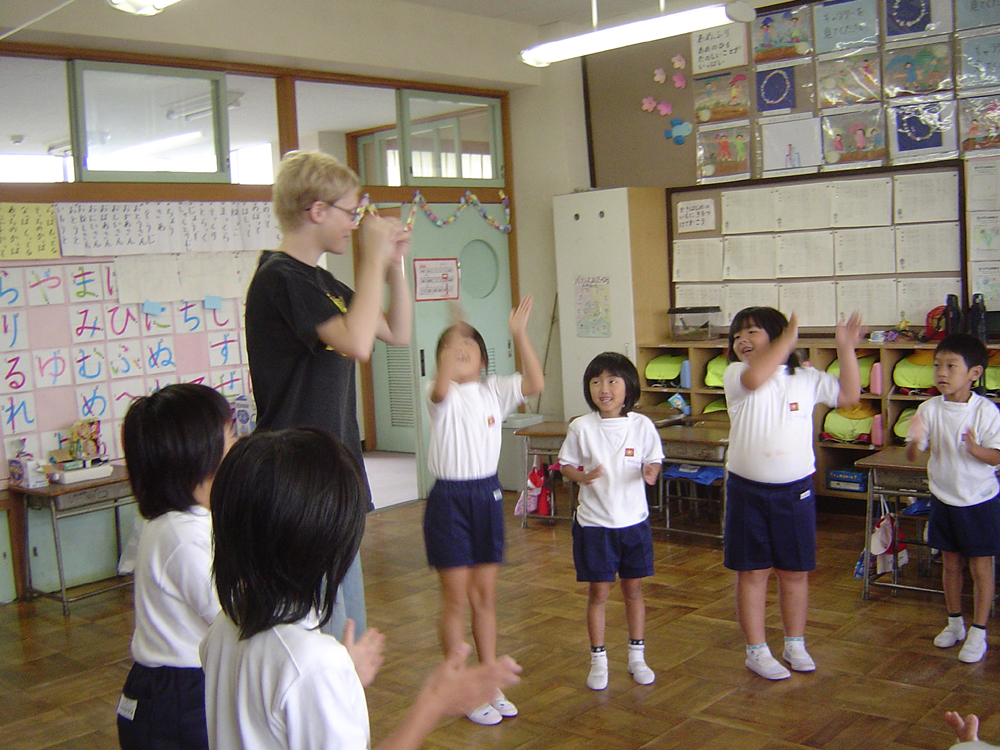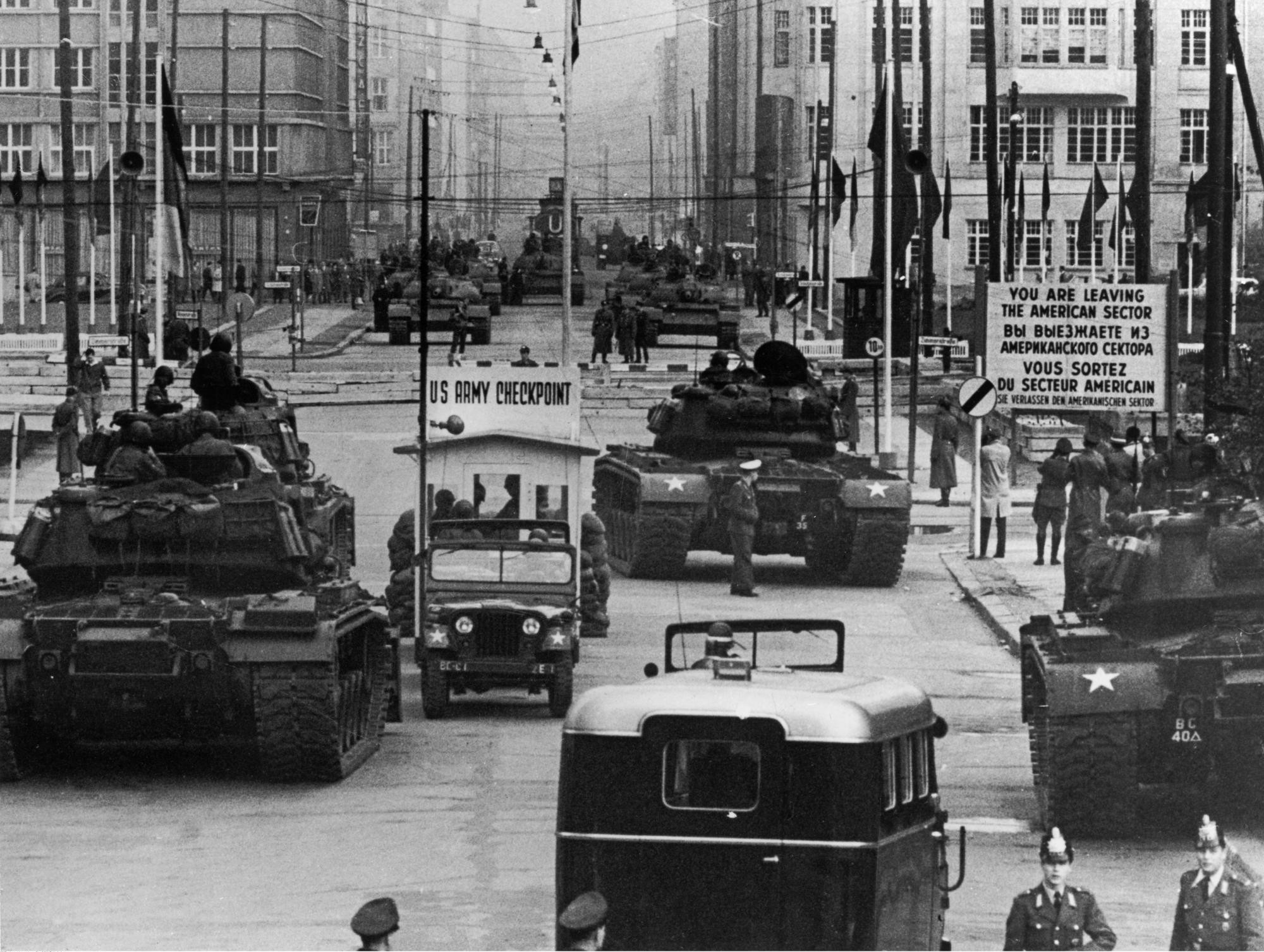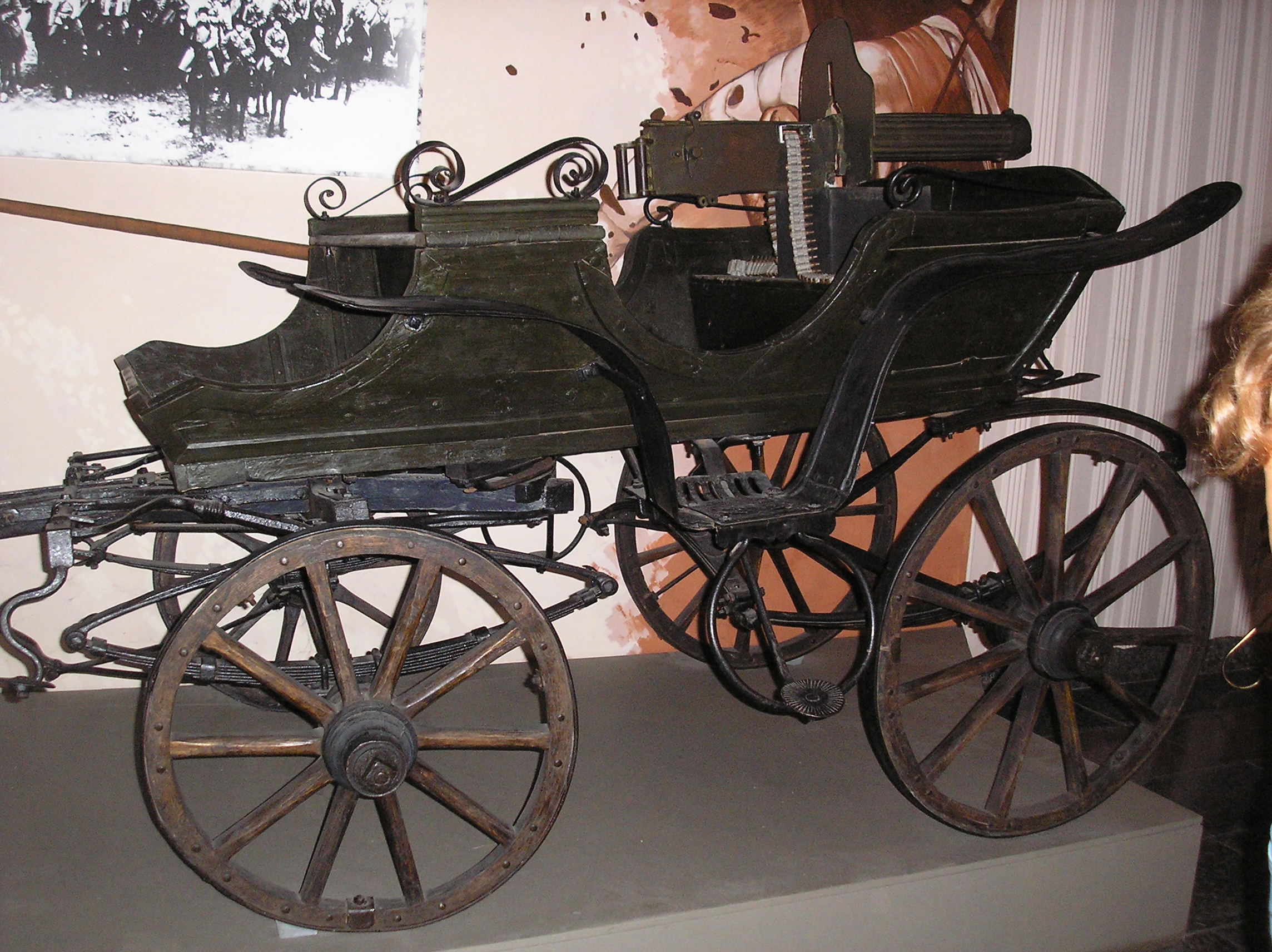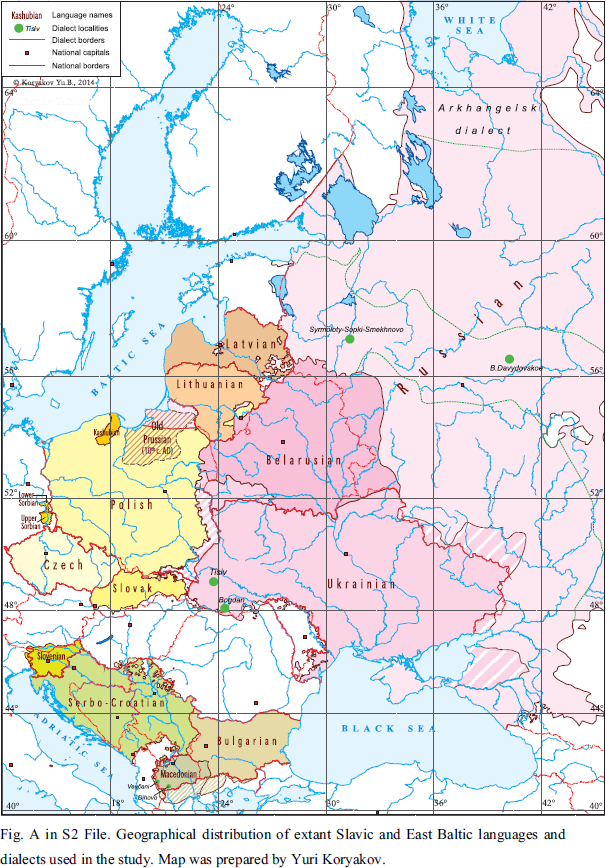|
Katerynivka, Donetsk Oblast
Katerynivka is a Ukrainian village in the Pokrovsk Raion of the Donetsk Oblast. Geography It is located on the left bank of the . The distance to the district center is about 16 km, and it passes by a local highway. History The remains of two Paleolithic settlements have been discovered near the village, which was established in 1700. During the Holodomor, the village was blacklisted by the government of the Ukrainian Soviet Socialist Republic, which blockaded Kateryniv, causing mass starvation. Out of the 270 residents that fought in World War II, 187 died on the Eastern Front. 143 of them received posthumous honours and a monument to the fallen was erected in 1968. Economy The village has a primarily agricultural economy, centred on the cultivation of grain and the rearing of cattle. Its central estate is a collective farm named after. I. V. Michurin, which holds two cattle farms and two grain farms, spread over 3850 hectares of agricultural land. The village also has a ... [...More Info...] [...Related Items...] OR: [Wikipedia] [Google] [Baidu] |
Village
A village is a clustered human settlement or community, larger than a hamlet but smaller than a town (although the word is often used to describe both hamlets and smaller towns), with a population typically ranging from a few hundred to a few thousand. Though villages are often located in rural areas, the term urban village is also applied to certain urban neighborhoods. Villages are normally permanent, with fixed dwellings; however, transient villages can occur. Further, the dwellings of a village are fairly close to one another, not scattered broadly over the landscape, as a dispersed settlement. In the past, villages were a usual form of community for societies that practice subsistence agriculture, and also for some non-agricultural societies. In Great Britain, a hamlet earned the right to be called a village when it built a church. [...More Info...] [...Related Items...] OR: [Wikipedia] [Google] [Baidu] |
Primary School
A primary school (in Ireland, the United Kingdom, Australia, Trinidad and Tobago, Jamaica, and South Africa), junior school (in Australia), elementary school or grade school (in North America and the Philippines) is a school for primary education of children who are four to eleven years of age. Primary schooling follows pre-school and precedes secondary schooling. The International Standard Classification of Education considers primary education as a single phase where programmes are typically designed to provide fundamental skills in reading, writing, and mathematics and to establish a solid foundation for learning. This is ISCED Level 1: Primary education or first stage of basic education.Annex III in the ISCED 2011 English.pdf Navigate to International Standard Classification of Educati ... [...More Info...] [...Related Items...] OR: [Wikipedia] [Google] [Baidu] |
Blackboard Places
A blackboard (also known as a chalkboard) is a reusable writing surface on which text or drawings are made with sticks of calcium sulphate or calcium carbonate, known, when used for this purpose, as chalk. Blackboards were originally made of smooth, thin sheets of black or dark grey slate stone. Design A blackboard can simply be a board painted with a dark matte paint (usually black, occasionally dark green). Matte black plastic sign material (known as closed-cell PVC foamboard) is also used to create custom chalkboard art. Blackboards on an A-frame are used by restaurants and bars to advertise daily specials. A more modern variation consists of a coiled sheet of plastic drawn across two parallel rollers, which can be scrolled to create additional writing space while saving what has been written. The highest grade blackboards are made of a rougher version porcelain enamelled steel (black, green, blue or sometimes other colours). Porcelain is very hard wearing, and blackboa ... [...More Info...] [...Related Items...] OR: [Wikipedia] [Google] [Baidu] |
17th-century Establishments In Ukraine
The 17th century lasted from January 1, 1601 ( MDCI), to December 31, 1700 ( MDCC). It falls into the early modern period of Europe and in that continent (whose impact on the world was increasing) was characterized by the Baroque cultural movement, the latter part of the Spanish Golden Age, the Dutch Golden Age, the French ''Grand Siècle'' dominated by Louis XIV, the Scientific Revolution, the world's first public company and megacorporation known as the Dutch East India Company, and according to some historians, the General Crisis. From the mid-17th century, European politics were increasingly dominated by the Kingdom of France of Louis XIV, where royal power was solidified domestically in the civil war of the Fronde. The semi-feudal territorial French nobility was weakened and subjugated to the power of an absolute monarchy through the reinvention of the Palace of Versailles from a hunting lodge to a gilded prison, in which a greatly expanded royal court could be more easily ke ... [...More Info...] [...Related Items...] OR: [Wikipedia] [Google] [Baidu] |
Soviet Army
uk, Радянська армія , image = File:Communist star with golden border and red rims.svg , alt = , caption = Emblem of the Soviet Army , start_date = 25 February 1946 , country = (1946–1991)' (1991–1992) , branch = , type = Army , role = Land warfare , size = 3,668,075 active (1991) 4,129,506 reserve (1991) , command_structure = , garrison = , garrison_label = , nickname = "Red Army" , patron = , motto = ''За нашу Советскую Родину!(Za nashu Sovetskuyu Rodinu!)''"For our Soviet Motherland!" , colors = Red and yellow , colors_label = , march ... [...More Info...] [...Related Items...] OR: [Wikipedia] [Google] [Baidu] |
Ukrainian War Of Independence
The Ukrainian War of Independence was a series of conflicts involving many adversaries that lasted from 1917 to 1921 and resulted in the establishment and development of a Ukrainian republic, most of which was later absorbed into the Soviet Union as the Ukrainian Soviet Socialist Republic of 1922–1991. The war consisted of military conflicts between different governmental, political and military forces. Belligerents included Ukrainian nationalists, Ukrainian anarchists, Ukrainian Bolsheviks, the forces of Germany and Austria-Hungary, the White Russian Volunteer Army, and Second Polish Republic forces. They struggled for control of Ukraine after the February Revolution (March 1917) in the Russian Empire. The Allied forces of Romania and France also became involved. The struggle lasted from February 1917 to November 1921 and resulted in the division of Ukraine between the Bolshevik Ukrainian SSR, Poland, Romania, and Czechoslovakia. The conflict is frequently viewed wi ... [...More Info...] [...Related Items...] OR: [Wikipedia] [Google] [Baidu] |
Yakov Maskalevsky
Yakov "Golden Tooth" Maskalevsky was a Ukrainian rebel ataman and a member of the Makhnovist movement. Biography Yakov was born in the village of Katerynivka. He was enlisted during World War I and he eventually became a full knight of St. George, receiving the rank of ensign. After the end of the war in 1918, he worked as a miner, where he began to participate in the revolutionary actions of anarchist groups. He organized a detachment of 600-700 sabers and 30-40 ''tachanka'', which fought against both the Red Army and White Army. Moskalevsky was nicknamed the "Golden Tooth" by the White Guards. While Nestor Makhno briefly joined the Red Army, Maskalevsky continued to fight against the Bolsheviks, he dispersed their organizations and distributed land to the peasants. With his detachment, the otaman participated in battles near Huliaipole and Oleksandrivsk, and was noted for bravery by Makhno himself. In 1920-1921, the detachment began to disintegrate, the fighters despaired o ... [...More Info...] [...Related Items...] OR: [Wikipedia] [Google] [Baidu] |
Revolutionary Insurgent Army Of Ukraine
The Revolutionary Insurgent Army of Ukraine ( uk, Революційна Повстанська Армія України), also known as the Black Army or as Makhnovtsi ( uk, Махновці), named after their leader Nestor Makhno, was an anarchist army formed largely of Ukrainian peasants and workers during the Russian Civil War of 1917–1922. They protected the operation of " free soviets" and libertarian communes by the Makhnovshchina, an attempt to form a stateless libertarian communist society from 1918 to 1921 during the Ukrainian War of Independence. They were founded and inspired based on the Black Guards. History Background The roots of militant anarchism in Ukraine can be traced back to the activities of the Zaporozhian Cossacks, who established their own " free territory" in the Wild Fields, where they practiced a decentralized, democratic and egalitarian mode of organization until their defeat by the Russian Empire at the turn of the 19th century. Late ... [...More Info...] [...Related Items...] OR: [Wikipedia] [Google] [Baidu] |
Foma Kozhyn
Foma Kozhyn ( uk, Фома Кожин) was a Ukrainian revolutionary and the commander of the machine-gun regiment of the Revolutionary Insurgent Army of Ukraine. Biography Foma Kozhyn was born into a peasant family, at the end of the 19th century, in the village of Katerynivka, in the Katerynoslav province of the Russian Empire (modern-day Donetsk Oblast, Ukraine). In December 1918, he became the commander of an insurgent detachment and, at the beginning of 1919, he became commander of the machine-gun team of the 13th Soviet Regiment. He served as commander of a machine-gun regiment and brigade. Despite the integration of the insurgents into the Red Army, tensions between the two factions heightened over time, culminating with the insurgents being declared outlaws by the Bolshevik government in June 1919. On 20 June 1919, in the region of , Nestor Makhno took command of the machine-gun team from Foma Kozhyn, who was being actively hunted by the commissars. On 27 June, the Red ... [...More Info...] [...Related Items...] OR: [Wikipedia] [Google] [Baidu] |
Belarusian Language
Belarusian ( be, беларуская мова, biełaruskaja mova, link=no, ) is an East Slavic language. It is the native language of many Belarusians and one of the two official state languages in Belarus. Additionally, it is spoken in some parts of Russia, Lithuania, Latvia, Poland, and Ukraine by Belarusian minorities in those countries. Before Belarus gained independence in 1991, the language was only known in English as ''Byelorussian'' or ''Belorussian'', the compound term retaining the English-language name for the Russian language in its second part, or alternatively as ''White Russian''. Following independence, it became known as ''Belarusan'' and since 1995 as ''Belarusian'' in English. As one of the East Slavic languages, Belarusian shares many grammatical and lexical features with other members of the group. To some extent, Russian, Rusyn, Ukrainian, and Belarusian retain a degree of mutual intelligibility. Its predecessor stage is known in Western aca ... [...More Info...] [...Related Items...] OR: [Wikipedia] [Google] [Baidu] |
Russian Language
Russian (russian: русский язык, russkij jazyk, link=no, ) is an East Slavic language mainly spoken in Russia. It is the native language of the Russians, and belongs to the Indo-European language family. It is one of four living East Slavic languages, and is also a part of the larger Balto-Slavic languages. Besides Russia itself, Russian is an official language in Belarus, Kazakhstan, and Kyrgyzstan, and is used widely as a lingua franca throughout Ukraine, the Caucasus, Central Asia, and to some extent in the Baltic states. It was the ''de facto'' language of the former Soviet Union, Constitution and Fundamental Law of the Union of Soviet Socialist Republics, 1977: Section II, Chapter 6, Article 36 and continues to be used in public life with varying proficiency in all of the post-Soviet states. Russian has over 258 million total speakers worldwide. It is the most spoken Slavic language, and the most spoken native language in Europe, as well as the ... [...More Info...] [...Related Items...] OR: [Wikipedia] [Google] [Baidu] |
Ukrainian Language
Ukrainian ( uk, украї́нська мо́ва, translit=ukrainska mova, label=native name, ) is an East Slavic language of the Indo-European language family. It is the native language of about 40 million people and the official state language of Ukraine in Eastern Europe. Written Ukrainian uses the Ukrainian alphabet, a variant of the Cyrillic script. The standard Ukrainian language is regulated by the National Academy of Sciences of Ukraine (NANU; particularly by its Institute for the Ukrainian Language), the Ukrainian language-information fund, and Potebnia Institute of Linguistics. Comparisons are often drawn to Russian, a prominent Slavic language, but there is more mutual intelligibility with Belarusian,Alexander M. Schenker. 1993. "Proto-Slavonic," ''The Slavonic Languages''. (Routledge). pp. 60–121. p. 60: " hedistinction between dialect and language being blurred, there can be no unanimity on this issue in all instances..."C.F. Voegelin and F.M. Voegelin ... [...More Info...] [...Related Items...] OR: [Wikipedia] [Google] [Baidu] |






